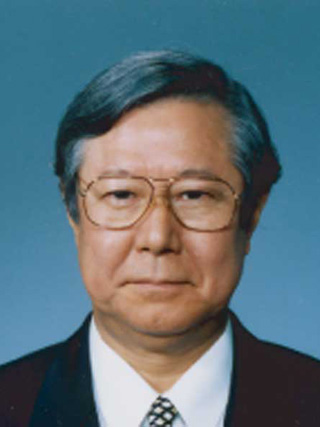
Heisuke Hironaka is a Japanese mathematician who was awarded the Fields Medal in 1970 for his contributions to algebraic geometry.
Steven Earl Jones is an American physicist. Among scientists, Jones became known for his research into muon-catalyzed fusion and geo-fusion. Jones is also known for his association with 9/11 conspiracy theories. Jones has claimed that airplane crashes and fires could not have caused the fall of the World Trade Center Towers and 7 World Trade Center, suggesting controlled demolition instead. In late 2006, Brigham Young University (BYU) officials placed him on paid leave until he elected to retire in an agreement with BYU. Jones continued research and writing following his early retirement from BYU.

Henry Burchard Fine was an American university dean and mathematician.
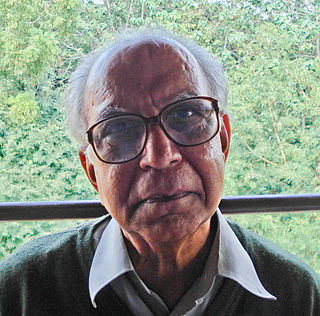
Mudumbai Seshachalu NarasimhanFRS was an Indian mathematician. His focus areas included number theory, algebraic geometry, representation theory, and partial differential equations. He was a pioneer in the study of moduli spaces of holomorphic vector bundles on projective varieties. His work is considered the foundation for Kobayashi–Hitchin correspondence that links differential geometry and algebraic geometry of vector bundles over complex manifolds. He was also known for his collaboration with mathematician C. S. Seshadri, for their proof of the Narasimhan–Seshadri theorem which proved the necessary conditions for stable vector bundles on a Riemann surface.

Jeff Cheeger is an American mathematician and Silver Professor at the Courant Institute of Mathematical Sciences of New York University. His main interest is differential geometry and its connections with topology and analysis.
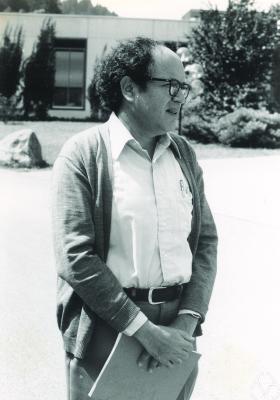
Joseph John Kohn was a Czechoslovakian-born American academic and mathematician. He was professor of mathematics at Princeton University, where he researched partial differential operators and complex analysis.

Katepalli Raju Sreenivasan is an aerospace scientist, fluid dynamicist, and applied physicist whose research includes physics and applied mathematics. He studies turbulence, nonlinear and statistical physics, astrophysical fluid mechanics, and cryogenic helium. He was the dean of engineering and executive vice provost for science and technology of New York University. Sreenivasan is also the Eugene Kleiner Professor for Innovation in Mechanical Engineering at New York University Tandon School of Engineering and a professor of physics and mathematics professor at the New York University Graduate School of Arts and Science and Courant Institute of Mathematical Sciences.

Peter John Stang is an American chemist and Distinguished Professor of chemistry at the University of Utah. He was the editor-in-chief of the Journal of the American Chemical Society from 2002 to 2020.

Robert Clifford Gunning is an American mathematician. He is a professor of mathematics at Princeton University, specializing in complex analysis, who introduced indigenous bundles.

Steven Elliot Koonin is an American theoretical physicist and former director of the Center for Urban Science and Progress at New York University. He is also a professor in the Department of Civil and Urban Engineering at NYU's Tandon School of Engineering. From 2004 to 2009, Koonin was employed by BP as the oil and gas company’s Chief Scientist. From 2009 to 2011, he was Under Secretary for Science, Department of Energy, in the Obama administration.

Santiago Schnell FRSB FRSC is a scientist and academic leader, currently serving as the William K. Warren Foundation Dean of the College of Science at the University of Notre Dame, as well as a professor in the Department of Biological Sciences, and Department of Applied and Computational Mathematics and Statistics.
Akhlesh Lakhtakia is Evan Pugh University Professor and Charles Godfrey Binder Professor of engineering science and mechanics at the Pennsylvania State University. His research focuses on electromagnetic fields in complex materials, such as sculptured thin films, chiral materials, bianisotropy and industrially scalable bioreplication, an emerging form of engineered biomimicry applied to harvesting of solar energy and pest eradication. His technique for visualization of latent fingerprints was covered in the NOVA documentary series "Forensics on Trial".

Sheldon Jay Axler is an American mathematician and textbook author. He is a professor of mathematics and the Dean of the College of Science and Engineering at San Francisco State University.

Eric Mark Friedlander is an American mathematician who is working in algebraic topology, algebraic geometry, algebraic K-theory and representation theory.
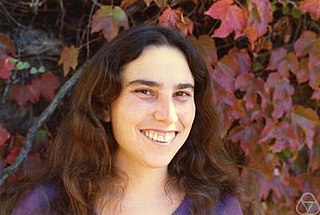
Ruth Michele Charney is an American mathematician known for her work in geometric group theory and Artin groups. Other areas of research include K-theory and algebraic topology. She holds the Theodore and Evelyn G. Berenson Chair in Mathematics at Brandeis University. She was in the first group of mathematicians named Fellows of the American Mathematical Society. She was in the first group of mathematicians named Fellows of the Association for Women in Mathematics. She served as president of the Association for Women in Mathematics during 2013–2015, and served as president of the American Mathematical Society for the 2021–2023 term.
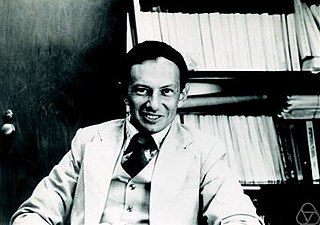
Kenneth Irwin Gross was an American mathematician.

John Erik Fornæss is a Norwegian-American mathematician. Fornæss received his master's degree in 1970 from the University of Oslo with thesis Uniform approximation on manifolds and his PhD in 1974 from the University of Washington under Edgar Lee Stout with thesis Embedding Strictly Pseudoconvex Domains in Convex Domains. At Princeton University he became in 1974 an instructor, in 1976 an assistant professor, in 1978 an associate professor, and in 1981 a full professor. Since 1991 he has been a professor at the University of Michigan.

The College of Science at the University of Utah is an academic college of the University of Utah in Salt Lake City, Utah. The college offers undergraduate and graduate degrees in atmospheric science, biology, chemistry, geology and geophysics, mathematics, metallurgical engineering, mining engineering and physics and astronomy.
Arthur Alan Middleton is a professor of physics and the associate dean of the College of Arts and Sciences at Syracuse University. He is known for his work in the fields of disordered materials such as random magnets, spin glasses, and interfaces in a random environment, transport in disordered materials, interface motion, and colloidal assemblies, condensed matter physics, statistical physics, and computational physics, connections between algorithm dynamics, computer science analyses, algorithms for efficient simulation of complex dynamics, including heuristic coarse graining for glassy materials.
















